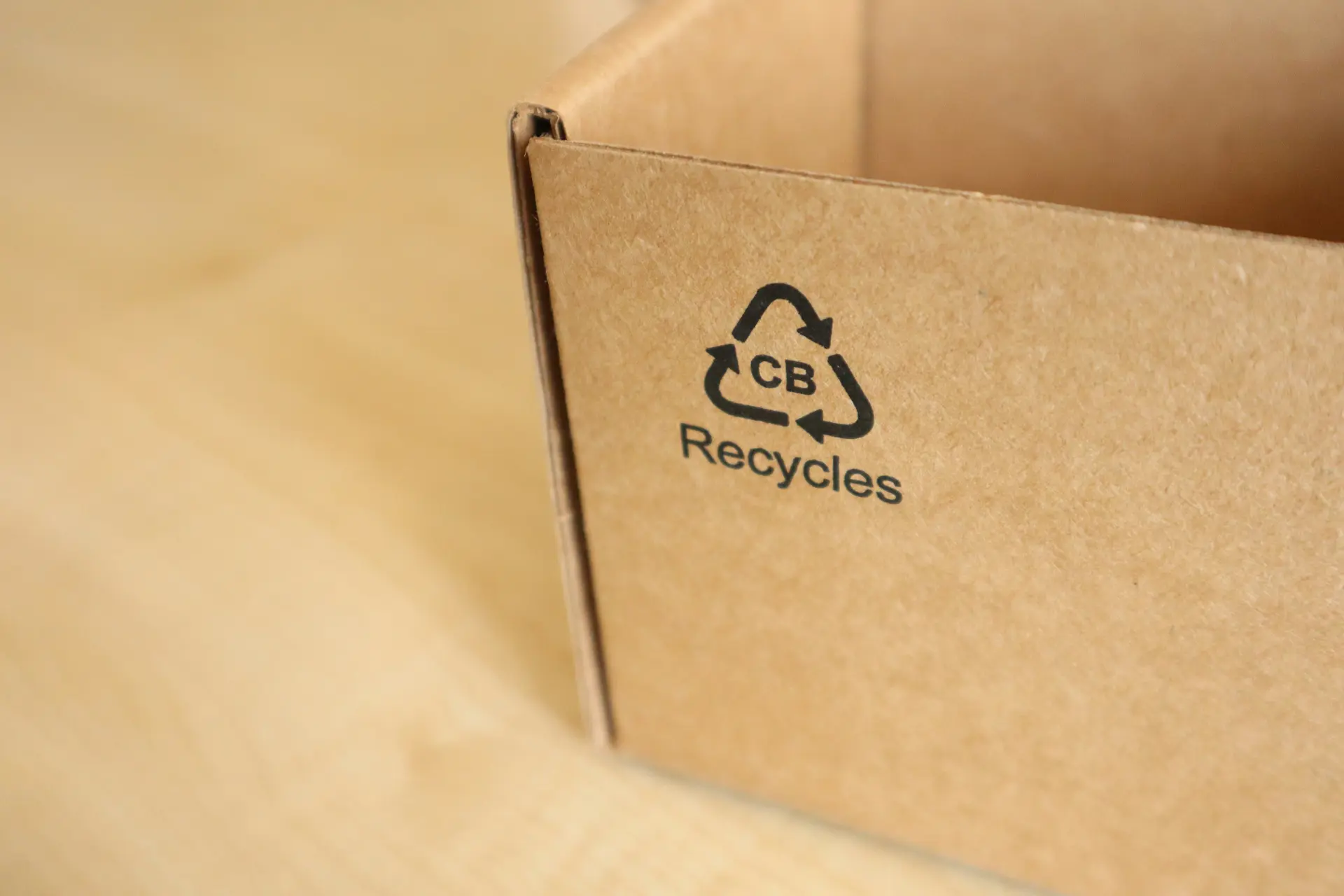Introduction
Food packaging is more than just a marketing tool or a container for transporting goods. It plays a vital role in ensuring consumer safety, providing critical information, and complying with legal requirements. As consumers become more health-conscious and aware of food allergies, and as governments tighten regulations to protect public health, understanding food packaging laws has never been more important. For businesses in the food industry, compliance isn’t just a legal obligation – it’s a fundamental part of building trust and maintaining brand integrity.
Why Food Packaging Laws & Regulations Matter
Protecting Consumer Health and Safety
Food packaging laws are primarily designed to protect consumers. Labelling requirements such as expiration dates, allergen declarations, and ingredient transparency are implemented to safeguard individuals, especially those with dietary restrictions or allergies. Without these regulations, the risk of contamination, allergic reactions, and misinformation would significantly increase, endangering public health.
Preventing Fraud and Mislabelling
Fraud in food labelling, such as misleading ingredient claims or false health benefits, undermines consumer confidence and poses legal risks. By enforcing regulations, authorities ensure that businesses are transparent about the contents and origins of their products. This fosters a level playing field and holds companies accountable for the accuracy of the information presented to consumers.
Building Consumer Trust and Brand Reputation
Regulatory compliance does more than fulfil legal requirements – it builds credibility. Brands that consistently comply with packaging laws demonstrate integrity and professionalism. Clear, reliable labelling reinforces customer trust, which is essential for repeat purchases and long-term brand loyalty.
Global Overview of Food Packaging Laws & Regulations
European Union
The European Union upholds strict food packaging standards. The General Food Law (Regulation (EC) No 178/2002) provides a comprehensive legal framework for food safety and sets the foundation for all subsequent regulations. The Food Information to Consumers (FIC) Regulation (EU) No 1169/2011 outlines detailed labelling obligations, including requirements for ingredient lists, allergen information, and nutritional values. Additionally, Regulation EC 1935/2004 ensures that any materials in contact with food do not release substances that could harm human health or alter food quality.
United States
In the United States, the Food and Drug Administration (FDA) is responsible for regulating food packaging. Regulations such as 21 CFR parts 101 and 110 cover labelling and good manufacturing practices. The Nutrition Labelling and Education Act (NLEA) standardises nutrition facts panels and serving sizes, making it easier for consumers to understand what they are consuming. The Food Safety Modernization Act (FSMA) shifts the focus from responding to contamination to preventing it, increasing accountability and oversight in the food production and packaging process.
United Kingdom
Following Brexit, the UK has retained much of the EU’s food labelling framework while introducing new measures. The UK Food Information Regulations 2014 mirror many aspects of the EU FIC, ensuring consistency in labelling requirements. Natasha’s Law, enacted in 2021, mandates that all food prepacked for direct sale (PPDS) must include a full ingredient list with allergenic ingredients clearly emphasised. Businesses must also navigate new divergence in labelling rules between Great Britain and Northern Ireland due to the Northern Ireland Protocol.
Other Jurisdictions (Brief Overview)
Globally, many countries are developing or updating food packaging standards. In Canada, the CFIA and SFCR govern food safety and labelling. Australia and New Zealand operate under the Food Standards Australia New Zealand (FSANZ) Code, which addresses compositional and labelling requirements. Asian markets such as China, Japan, and India have diverse and rapidly evolving regulations that often balance domestic food safety with international trade requirements.
Key Components of Food Packaging Laws & Regulations
Labelling Requirements
Essential label elements must be clear, accurate, and easy to read. These include the product name, complete ingredient list in descending order of weight, use-by or best-before dates, and net weight or volume. Manufacturer or distributor details are also required to enable traceability. Any preparation or storage instructions must be included to ensure safe use and consumption. These elements collectively ensure the consumer can make an informed purchase and use decision.
Allergen Declaration
Clear allergen labelling is critical in preventing serious health incidents. Regulations require that allergens such as milk, eggs, nuts, wheat, soybeans, and shellfish be prominently declared on the label. The formatting of these declarations is strictly controlled—common practices include the use of bold text, capital letters, or different background colours to highlight allergenic ingredients. This visibility is essential for consumers managing dietary restrictions.
Nutrition Labelling
Nutrition labels help consumers understand the nutritional value of food products. Required elements typically include energy content (in both kilojoules and kilocalories), amounts of fat, saturated fat, carbohydrates, sugars, protein, and salt. Some countries also promote front-of-pack labelling formats, such as the traffic light system, which provides a visual summary of the nutritional content, aiding consumers in making healthier choices.
Claims and Marketing Regulations
Marketing claims must be evidence-based and not misleading. Health-related and nutritional claims such as “low fat” or “high in fibre” must meet legally defined standards. Misrepresenting a product’s benefits can lead to penalties and loss of consumer trust. Environmental claims—like “biodegradable,” “recyclable,” or “carbon neutral”—are subject to increasing scrutiny as regulators crack down on greenwashing. Businesses must ensure all claims are verifiable and not exaggerated.
Language, Font Size, and Readability Standards
To be compliant, labels must be legible and written in the language required by the market where the product is sold. Regulations often stipulate a minimum font size to guarantee readability. For example, EU law requires a minimum x-height of 1.2mm for mandatory information. Readability is further enhanced by font contrast, spacing, and clear layout design to ensure consumers can easily find and understand critical product details.
Allergen Labelling: A Critical Compliance Area
Legal Implications of Allergen Mislabelling
Failing to label allergens correctly can have catastrophic consequences. Businesses face legal action, product recalls, and potentially irreversible brand damage. More importantly, mislabelling can lead to severe allergic reactions and fatalities among consumers. Given the rising prevalence of food allergies, authorities have significantly increased enforcement, and companies must treat allergen labelling as a top compliance priority.
Natasha’s Law and Other Regulatory Trends
Natasha’s Law represents a significant shift in allergen labelling. It was implemented in the UK after a fatal allergic reaction suffered by teenager Natasha Ednan-Laperouse, who consumed a PPDS product that lacked allergen information. The law now requires complete ingredient lists with allergens emphasised for all PPDS food items. Its introduction has influenced discussions around similar laws globally, encouraging food producers and retailers to adopt more transparent labelling practices.
How 4Pack Helps Ensure Accurate Allergen Labelling
4Pack’s digital solution offers a centralised system for managing allergen data across products and recipes. This allows businesses to maintain consistent and accurate labels by drawing from a verified database. The platform supports real-time updates, meaning any change to ingredients or allergen status is immediately reflected in all relevant labels. Automated validation tools minimise human error, while compliance features ensure that allergen declarations align with current legislation like Natasha’s Law.
Technology’s Role in Legal & Regulatory Compliance
The Rise of Digital Labelling Solutions
The complexity of food regulations has made manual compliance increasingly unmanageable. Digital labelling solutions streamline the process by automating content creation, validation, and updates. These systems facilitate quicker responses to regulatory changes, maintain complete version histories, and make audits more straightforward. As regulations become more dynamic, digital platforms offer the agility needed to stay compliant while reducing the burden on internal teams.
4Pack’s Online Solution for Allergen Labelling Management
4Pack’s platform is designed to simplify allergen labelling and ensure accuracy. It houses a central database where all product information, including allergen data, can be securely stored and accessed. Teams can collaborate in real time, enabling consistent workflows across departments. The system’s automated alerts and checks ensure deadlines are met and errors are caught early. This centralised and collaborative approach reduces the risk of oversight and increases efficiency.
Integration with Product & Packaging Processes
One of 4Pack’s greatest strengths is its ability to integrate allergen labelling with broader product lifecycle management. The platform unites recipe development, packaging design, and data management, allowing teams to work with a single source of truth. This improves traceability and accelerates processes, from concept to shelf. The ability to generate reports and audit trails adds transparency and supports compliance in a highly regulated environment.
Staying Ahead of Regulatory Changes
Monitoring Legislative Updates
Regulations are frequently updated, and staying current is crucial for ongoing compliance. Companies must dedicate resources to monitoring changes via official channels, regulatory alerts, and industry bodies. Establishing internal review protocols ensures that changes are quickly assessed and implemented. Failure to adapt in time can lead to non-compliance, fines, or market recalls.
4Pack as a Compliance Partner
4Pack helps businesses stay ahead by integrating compliance monitoring into its platform. When legislation changes, the system can flag required updates and notify relevant stakeholders. Built-in review workflows keep the labelling process organised and timely. This proactive approach to compliance not only prevents legal issues but also reinforces internal accountability and operational excellence.
Sustainability & Eco-Labelling Regulations
Environmental responsibility is a growing focus in packaging regulation. Authorities are establishing clearer standards around what can be labelled as recyclable, compostable, or biodegradable. The EU’s Green Claims Directive aims to clamp down on unsubstantiated environmental claims. As consumers demand sustainable options, businesses must ensure that their green claims are accurate, defensible, and transparent.
Smart Packaging & Digital Labels
Smart packaging is redefining how consumers interact with food products. QR codes, NFC chips, and freshness indicators are becoming more common, offering extended information and tracking capabilities. These innovations enhance traceability and engagement but also bring new regulatory responsibilities, especially regarding data privacy and digital content accuracy.
Data-Driven Decision Making
Access to real-time data is becoming essential for managing compliance effectively. With analytics built into platforms like 4Pack, companies can monitor the performance of their labelling processes, detect trends, and make proactive improvements. These insights empower decision-makers to optimise resources, reduce errors, and maintain a strong compliance posture.
Recap
Food packaging laws and regulations are complex, evolving, and vital to the integrity of the food industry. Compliance is not just about ticking boxes—it’s about safeguarding health, building trust, and staying competitive. Platforms like 4Pack empower food businesses to streamline compliance, reduce risks, and operate with confidence.
By investing in robust solutions and staying informed, you can ensure your packaging is not only legal but also a powerful asset to your brand. Whether it’s allergen labelling, sustainability claims, or smart technology integration, 4Pack helps you navigate the regulatory landscape with ease.



